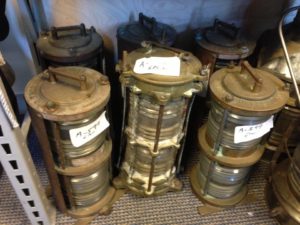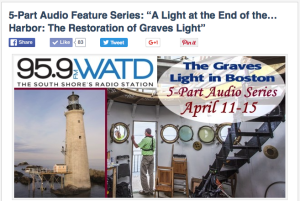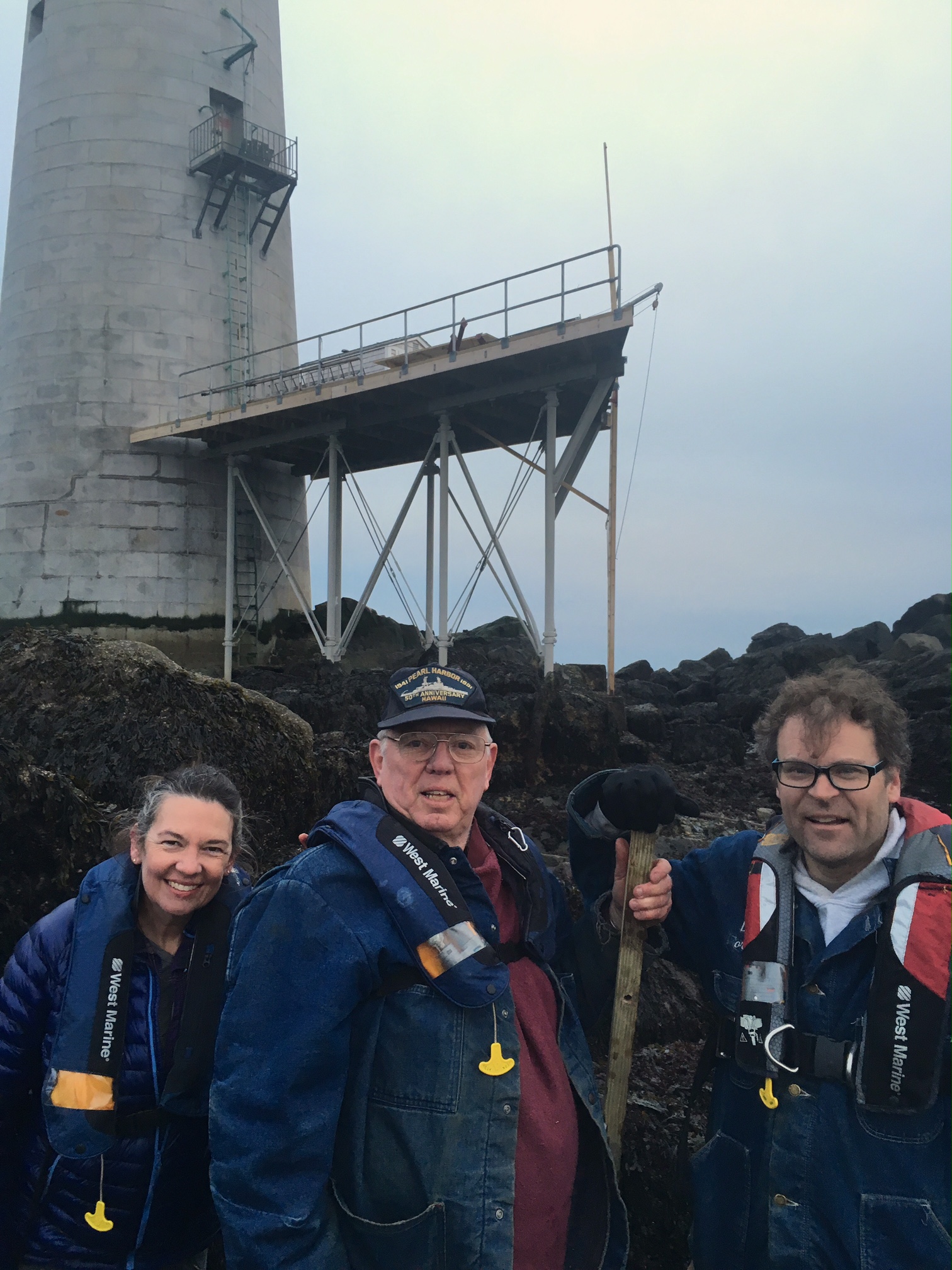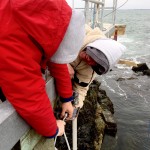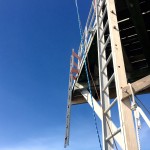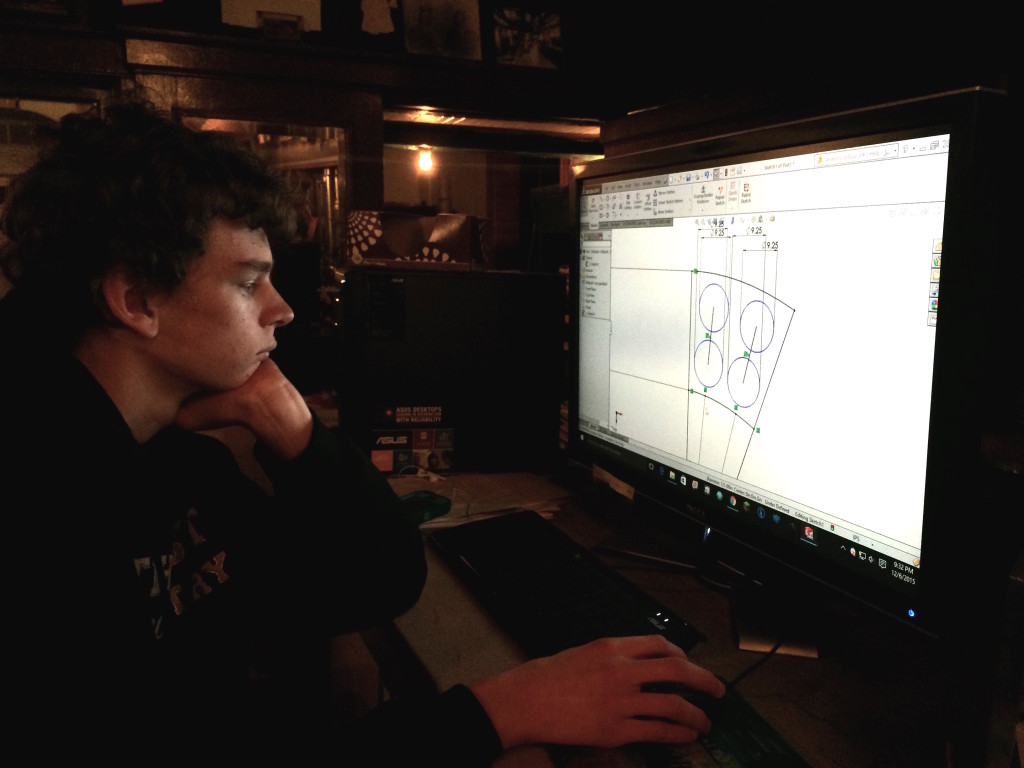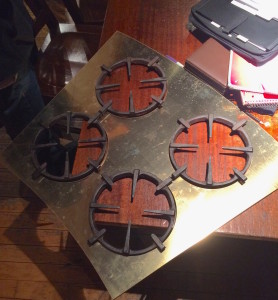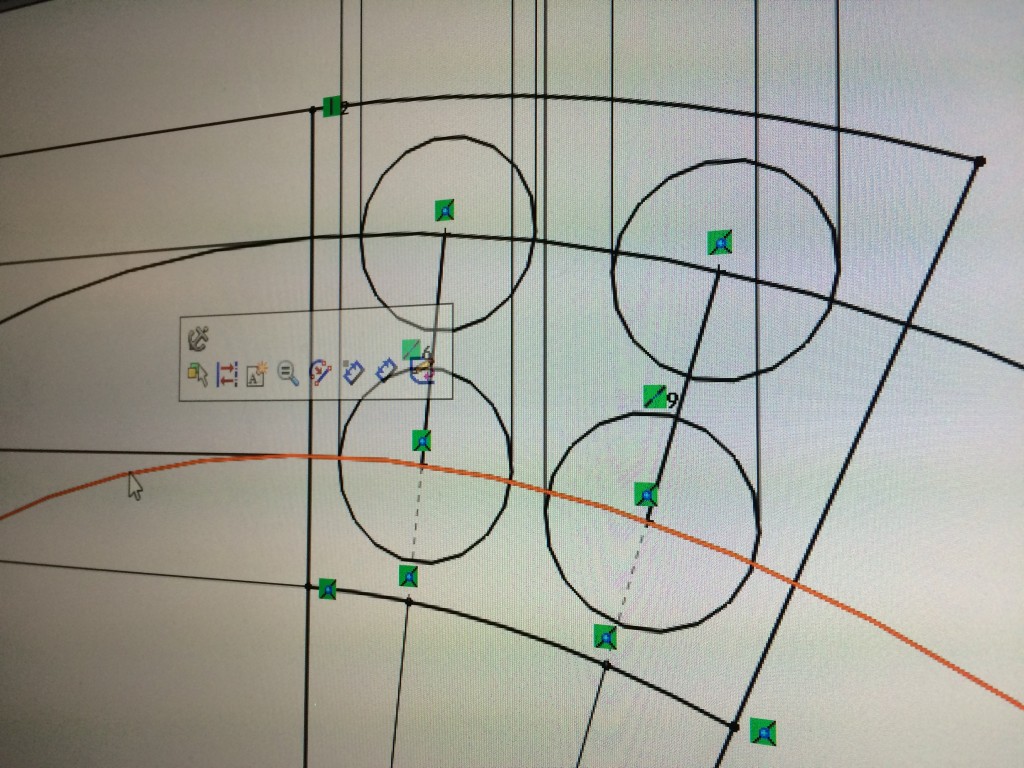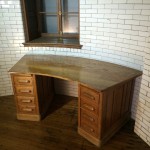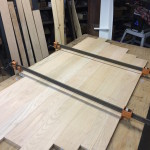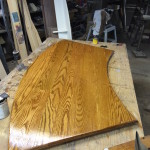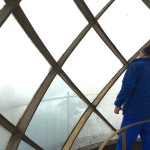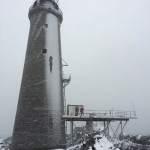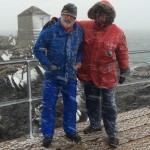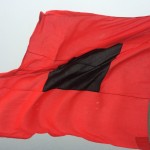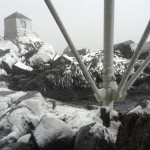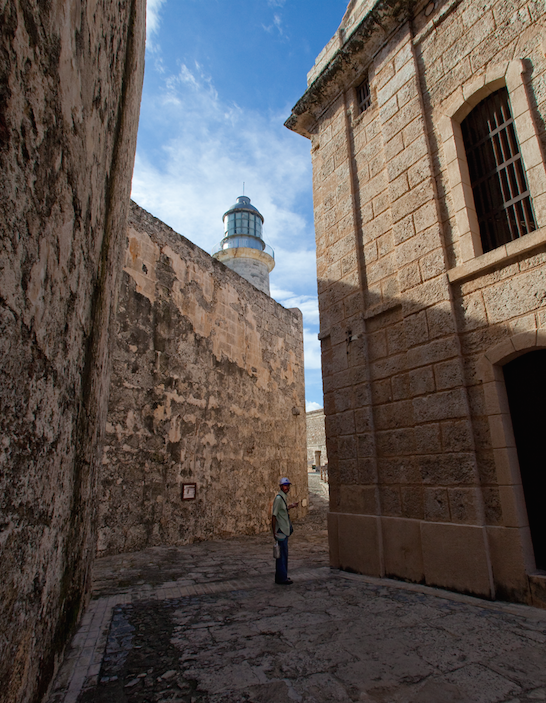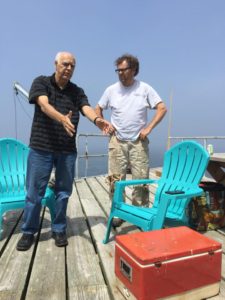
On the deck of Graves Light for the first time since 1975, engineer Ron Fiore explains to Dave how he devised the system to remove the original Fresnel Lens from Graves.
Well, the best part of this whole lighthouse experience continues to be all the great people we meet.
Today we met Ron Fiore, the structural engineer who devised the method of removing the gigantic First Order Fresnel lens back in 1975.
That lens blasted out a 3.2 million candlepower beam for 70 years straight. The lamp required a full-time crew to operate and maintain, so the Coast Guard had it taken out and replaced with an automated electric beacon.
Ron told us all the details about how he built a custom crane to gently lower the priceless lens – it weighed 2 tons and measured 12 feet tall and 9 feet across – down one story into the watch room.
Then he and the crew removed part of a wall to slide the lens past the sloping tower and drop it 60 feet to the dock, where a Coast Guard boat plucked it onto the deck.
Legendary New England maritime history author Edward Rowe Snow made an appearance, instructing the crew to wave (as he was filming the feat) but the workers were too busy – and scared – to respond.
The next year Ron and his wife visited the lens again, this time at the Smithsonian!
The Fresnel lens was made in France by Barbier, Benard & Turenne in 1904, and was installed in 1905. After the 1975 removal, the Coast Guard installed an automated electric beacon, powered from land by an underwater cable. That cable broke, so in 2001 the Coast Guard installed the present solar-powered lamp, the Hydrosphere Vega VRB-25, made in the U.K.





